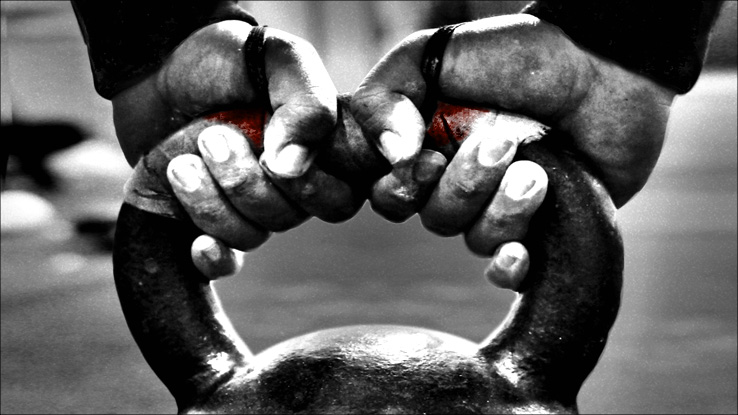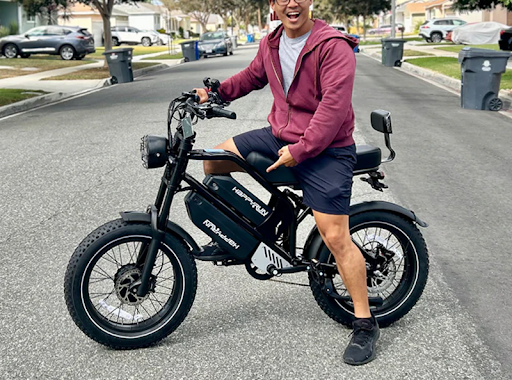
Great Drills To Increase An Athlete’s Vertical Jump
Whether you are a basketball player or an athlete looking to improve your vertical jump for better performance, you must incorporate certain exercises and drills in your practice routine. While vertical training programs are surely effective, you can take the extra step of performing exercises and training by yourself. Here are some great drills to boost your vertical jump and improve your performance.
1. Perform Squat Jumps

Squat jumps help build and tone the muscles in your lower body and boost endurance. It is necessary to build your lower body muscles to perform a perfect vertical leap. Your athletic movement can be measured through your hip extension, which can be improved by performing squat jumps on a regular basis. The benefits of squat jumps in improving your vertical jump are so prominent that you will notice positive results in less than 6 to 8 weeks. As compared to other muscle-development exercises that target the muscles in your lower body, squat jumps are 3.5 times more powerful and effective in improving your vertical leap.
2. Practice Depth Jumps
Just like squat jumps, depth jumps boost leg power and give you the confidence to make a higher vertical leap. You need a sturdy box to practice depth jumps. Step off, and position yourself on the ground, and jump on the box with both legs. Make sure that your posture is stable and you are able to keep balance. To incorporate this drill into your routine, start by practicing 3 sets of 3 reps each in a week. With time, increase the number of reps per set to keep improving your stance. In the second week, practice 4 sets of 3 reps each and so on.
3. Master Bulgarian Split Squats
Bulgarian split squats are effective in improving stem strength and enhancing your vertical jumping skills. Another massive advantage of practicing this exercise is improved balance, which is necessary to improve vertical leap. Stand beside a bench and place one leg over it, such that your body faces under direction. The top of your lifted foot should face upwards. Stand in an erect position and hold dumbbells in both hands. Push your body down to the ground such that your knee almost touches the floor. If you are not confident about the form, take help from an expert. As suggested by the experienced trainers at Air Alert, you can also consider getting a vertical leap improvement program to train under expert supervisors. It will not only provide better results but also make you more confident in less time.
4. Consider Sprint Training
Sprinting is known to build muscles and improve receptive time. Since you are running at an extremely fast speed, the muscles in your lower body are getting trained through the stretch-shortening cycle (SSC). This means that your body is getting in touch with the ground for short bouts of time, which can enhance its buoyancy. With this, you are improving both your horizontal and vertical force to translate it into a perfect vertical leap. Make sure that your sprints are maximal as they can majorly impact the end result.
5. Do Agility Exercises
Agility exercises improve your body’s ability to quickly take one direction and move to another position in a matter of seconds. The more agile your body is, the quicker and neater your form will be. This is extremely necessary when improving your vertical jump and enhances flexibility, which is why agility exercises are often a part of sports training. Start by correcting your form and improving stability as it will prevent injuries. Some effective agility exercises are speed ladder drills, dot drills, standard tuck jumps, and plyometric hurdles. Furthermore, consistent practice is also necessary to strengthen your muscles and joints.
6. Try Trampoline Exercises

Several trampoline exercises are included in the rebounding drill, which helps improve joint movement by releasing stress. This is needed to enhance your vertical jump results. The most common form of rebounding exercise is jogging, which is a lighter version of sprinting. You can either use a mini or a large trampoline to improve your posture and strengthen body muscles. Exercises like squat jumps, butt-kicker jumps, twists, and single-leg bounces are ideal for beginners. Once you master the basic trampoline exercises, you can then move on to high-intensity forms.
While practicing these exercises and drills is necessary to improve your vertical jump, you should also focus on your posture as it can majorly affect the results. As mentioned, you can also seek help from an expert trainer as they can supervise your posture and form to get better results in a short period. That being said, improper posture can result in injuries, which is why you must be extra careful.


























